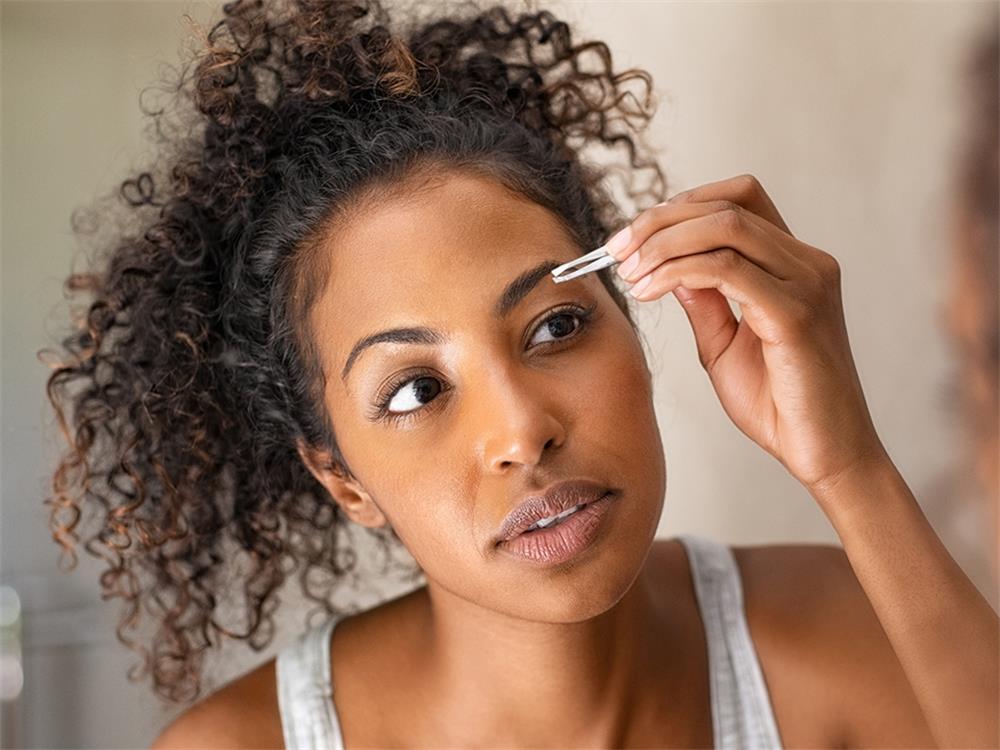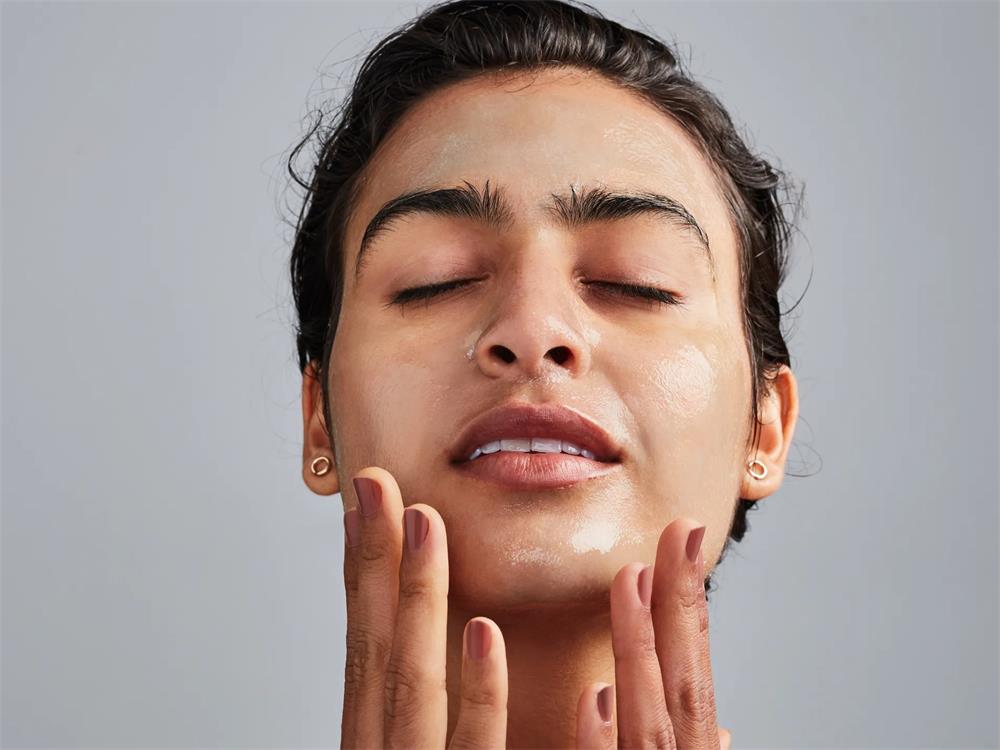Contents
Skincare is an essential part of our daily routine. It helps us maintain healthy and glowing skin, as well as prevent and address various skin concerns. However, building a skincare routine that targets your specific skin concerns can be challenging. With so many products available in the market, it can be challenging to determine which ones are best for your skin. In this article, we will discuss how to build a skincare routine that targets your specific skin concerns.
Step 1: Determine Your Skin Type
The first step in building a skincare routine is to determine your skin type. There are four basic skin types: dry, oily, combination, and normal. Each skin type requires different types of skincare products and routines.
Dry Skin: If your skin feels tight, itchy, or flaky, you likely have dry skin. Dry skin lacks moisture and can be caused by genetics, aging, or environmental factors.
Oily Skin: If your skin feels greasy or shiny, you likely have oily skin. Oily skin produces excess sebum, which can clog pores and lead to acne.
Combination Skin: If you have combination skin, you have a mix of both dry and oily areas. Your T-zone (forehead, nose, and chin) may be oily, while your cheeks may be dry.
Normal Skin: If you have normal skin, your skin is well-balanced and does not feel too dry or too oily.
Once you have determined your skin type, you can choose skincare products that are best suited for your skin.
Step 2: Identify Your Skin Concerns
The next step is to identify your skin concerns. Some common skin concerns include:
Acne: Acne is a skin condition that occurs when hair follicles become clogged with oil and dead skin cells. It can lead to pimples, blackheads, and whiteheads.
Hyperpigmentation: Hyperpigmentation is a condition where patches of skin become darker than the surrounding skin. It can be caused by sun damage, hormonal changes, or acne scarring.
Dryness: Dry skin lacks moisture and can feel tight, itchy, and flaky.
Wrinkles: As we age, our skin loses elasticity, which can lead to wrinkles and fine lines.
Sensitive Skin: Sensitive skin can react to certain skincare products, causing redness, itching, or burning.
Once you have identified your skin concerns, you can choose skincare products that target those specific concerns.
Step 3: Build Your Skincare Routine
Now that you have determined your skin type and skin concerns, it’s time to build your skincare routine. A basic skincare routine includes the following steps:
Step 1: Cleanse
Cleansing is an essential step in any skincare routine. It helps remove dirt, oil, and makeup from your skin, keeping it clean and healthy. Choose a gentle cleanser that is suited for your skin type. If you have dry skin, choose a creamy or oil-based cleanser. If you have oily skin, choose a foaming or gel-based cleanser.
Step 2: Tone
Toning helps remove any remaining dirt or oil from your skin, as well as restoring your skin’s pH balance. Choose a toner that is suited for your skin type. If you have oily skin, choose a toner that contains salicylic acid or witch hazel. If you have dry skin, choose a toner that is alcohol-free.
Step 3: Treat
This step is where you address your specific skin concerns. Choose a serum or treatment that targets your skin concerns. For acne-prone skin, choose a serum that contains salicylic acid or benzoyl peroxide. For hyperpigmentation, choose a serum that contains vitamin C or niacinamide. For dry skin, choose a serum that contains hyaluronic acid.
Step 4: Moisturize
Moisturizing is an essential step in any skincare routine. It helps hydrate your skin and lock in moisture. Choose a moisturizer that is suited for your skin type. If you have oily skin, choose a lightweight, oil-free moisturizer. If you have dry skin, choose a rich, hydrating moisturizer.
Step 5: Protect
Protecting your skin from the sun is crucial, as sun damage can lead to premature aging, hyperpigmentation, and skin cancer. Choose a broad-spectrum sunscreen with at least SPF 30. Apply it daily, even on cloudy days.
Step 4: Incorporate Weekly Treatments
In addition to your daily skincare routine, it’s essential to incorporate weekly treatments to address your specific skin concerns.
For acne-prone skin, use a clay mask once a week to help absorb excess oil and unclog pores.
For hyperpigmentation, use a chemical exfoliant once a week to help remove dead skin cells and reveal brighter, more even-toned skin.
For dry skin, use a hydrating mask once a week to help replenish your skin’s moisture.
Conclusion:
Building a skincare routine that targets your specific skin concerns can be challenging, but with the right products and routine, you can achieve healthy and glowing skin. The key is to determine your skin type and specific skin concerns, then choose skincare products that are suited for your skin. A basic skincare routine includes cleansing, toning, treating, moisturizing, and protecting your skin. In addition, incorporating weekly treatments can help address specific skin concerns. Remember to be patient and consistent with your skincare routine, as it may take time to see results. With the right approach, you can achieve the beautiful, healthy skin you deserve.











